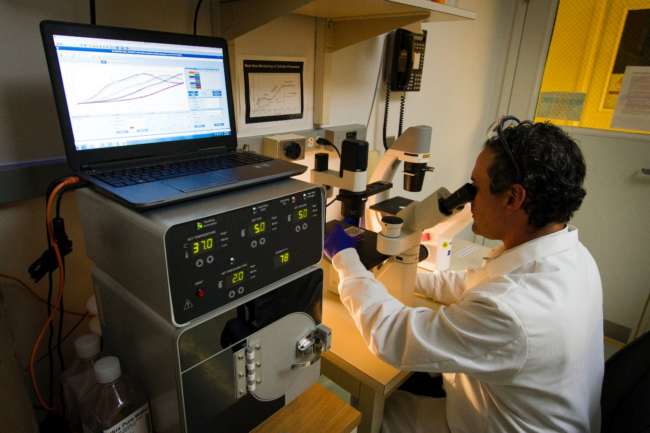Terminologies in Decentralized Clinical Trials
With time, research organizations are becoming more efficient and patient-centric. The current research methodology embraces technological advancements and explores remote options. The COVID-19 pandemic has been critical in taking the research industry towards a virtual, flexible approach from the traditional brick-and-mortar site. This is where the decentralized clinical trial (DCT) model comes in, and today…










